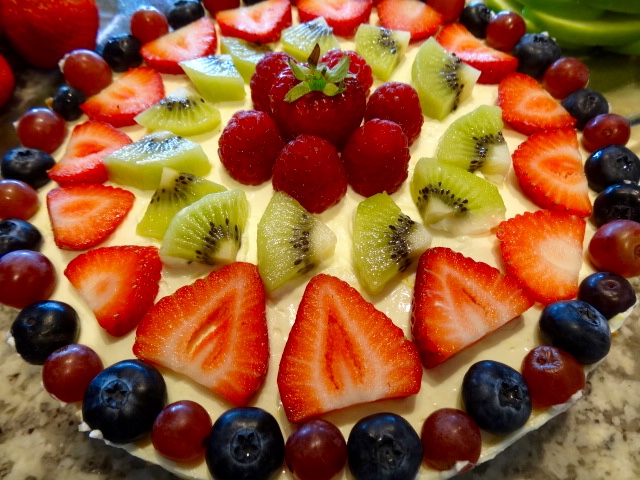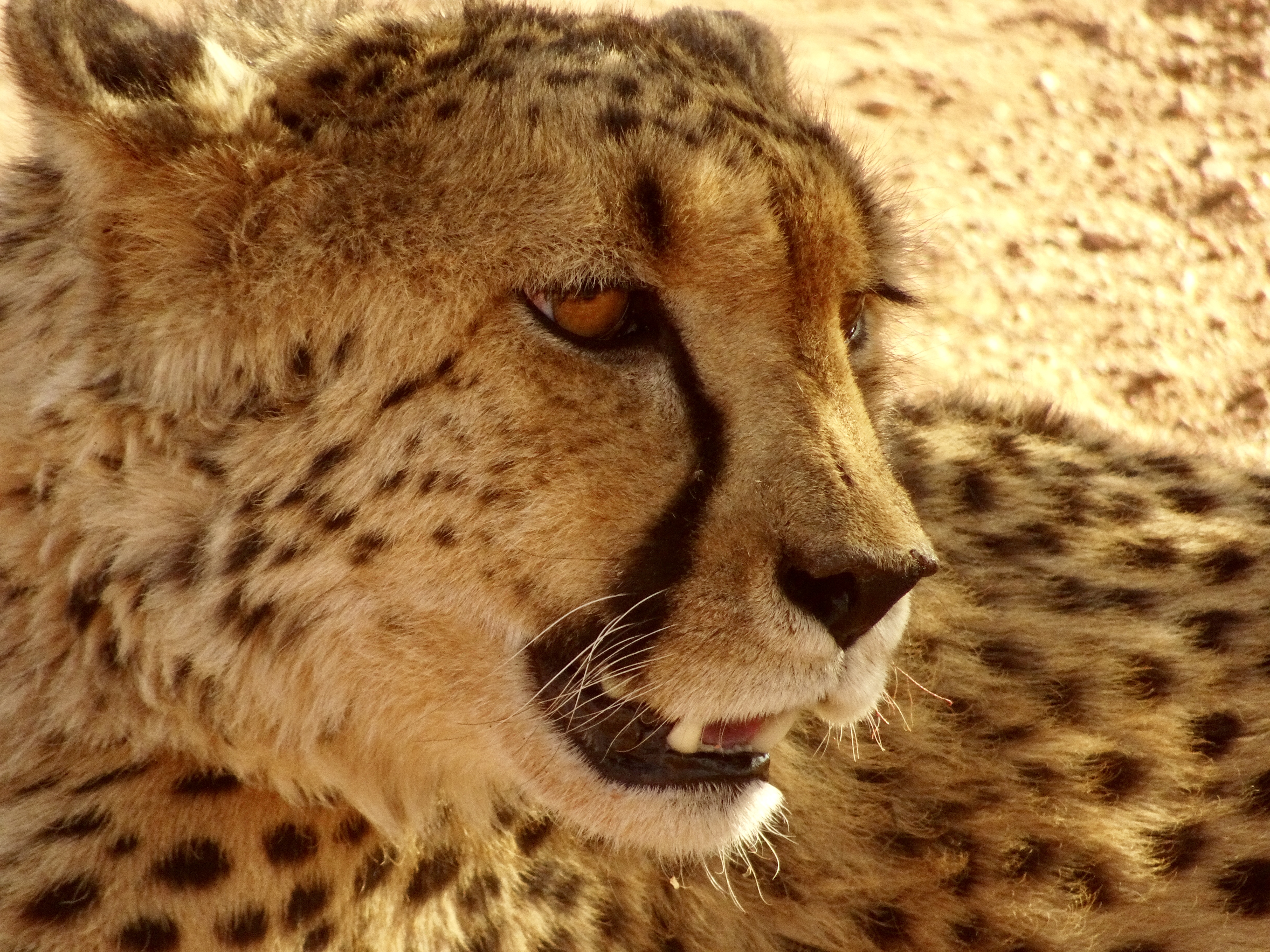You’ve heard people say that they were “too hot to sleep” for various reasons. Well, last night put an entirely new dimension on it for me. The temperature made it impossible to sleep. I was so restless and struggling to sleep and with only a fan, I was awake for most of the night. Many of our accommodations were without air conditioning and this was one of them. I understand that they are trying to conserve energy and operate on generators but it does make sleeping a challenge with no A/C.
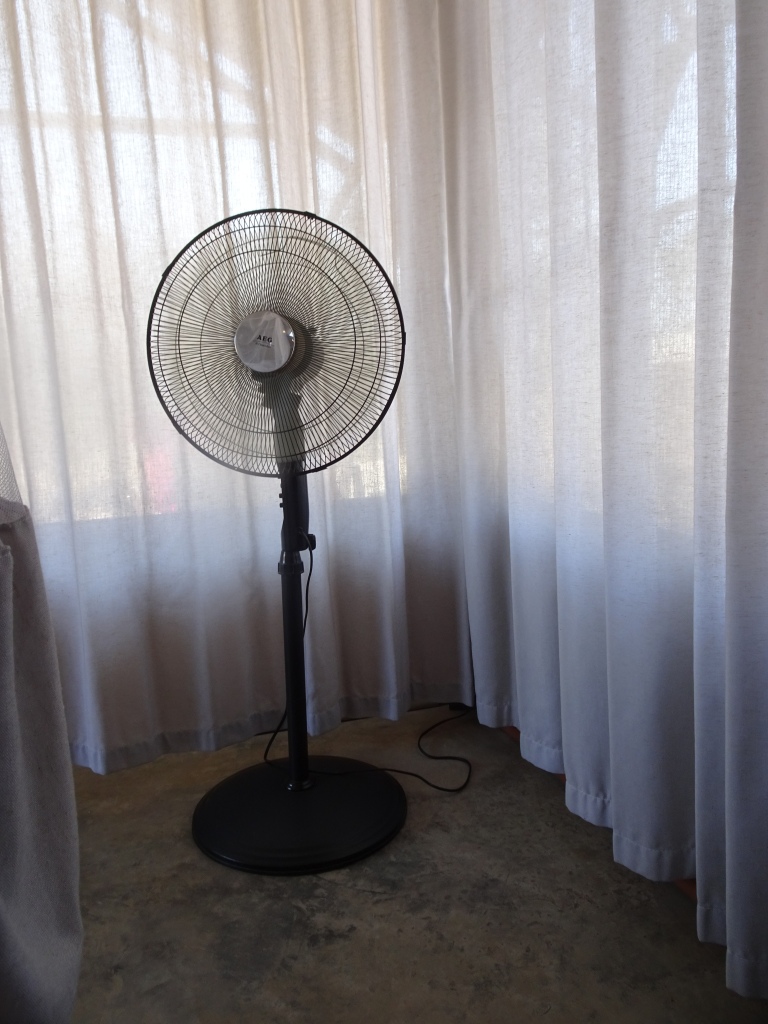
An early start to our day with another amazing breakfast buffet at Mushara Bush Camp. Back in the van we continue south to our destination in Waterberg Wilderness. It’s approximately a four hour drive. We had some issues with the battery on the van going dead so one of our first stops was to pick up a new one. It’s not exactly an item that can be picked up anywhere!
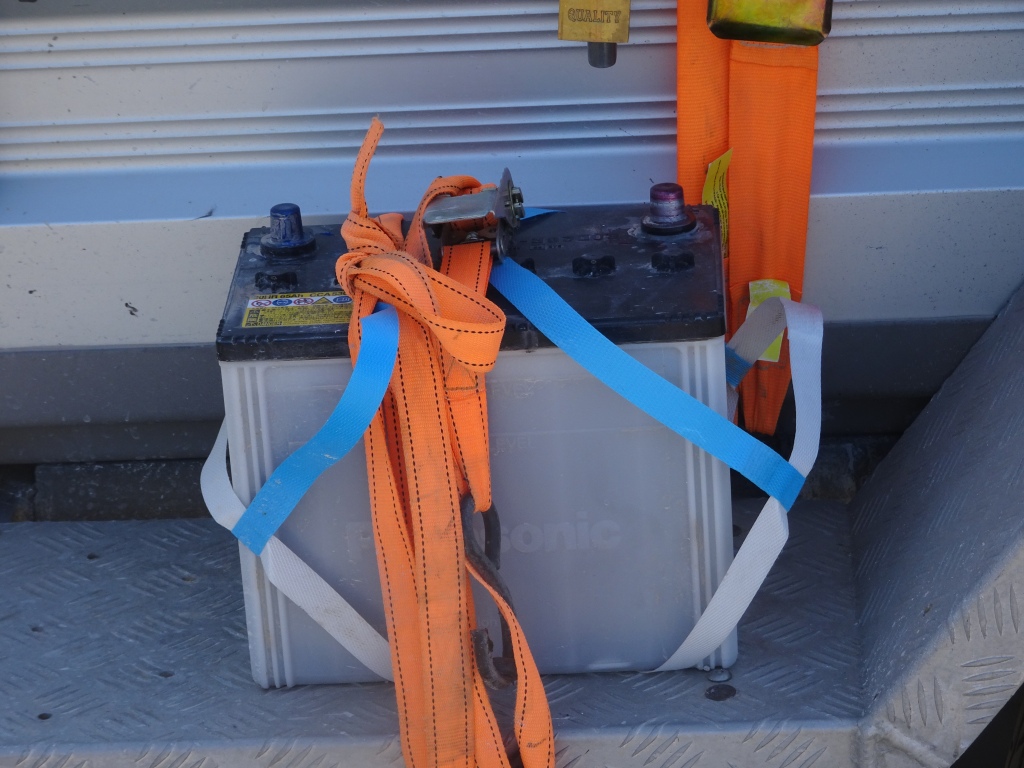
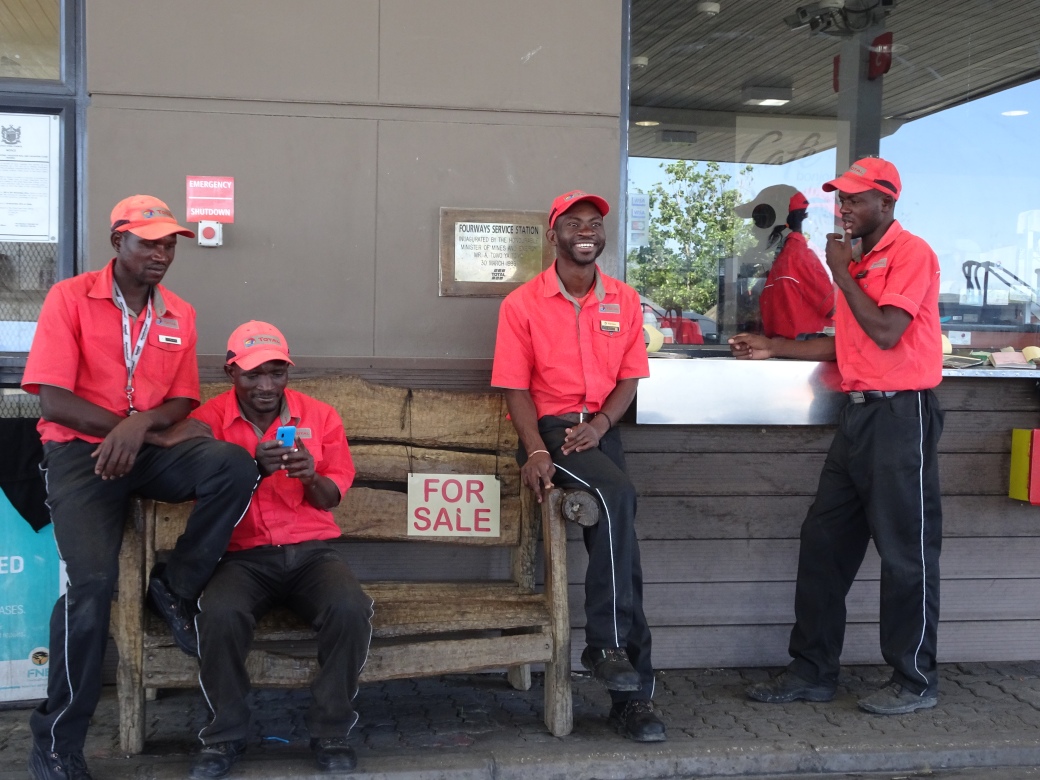
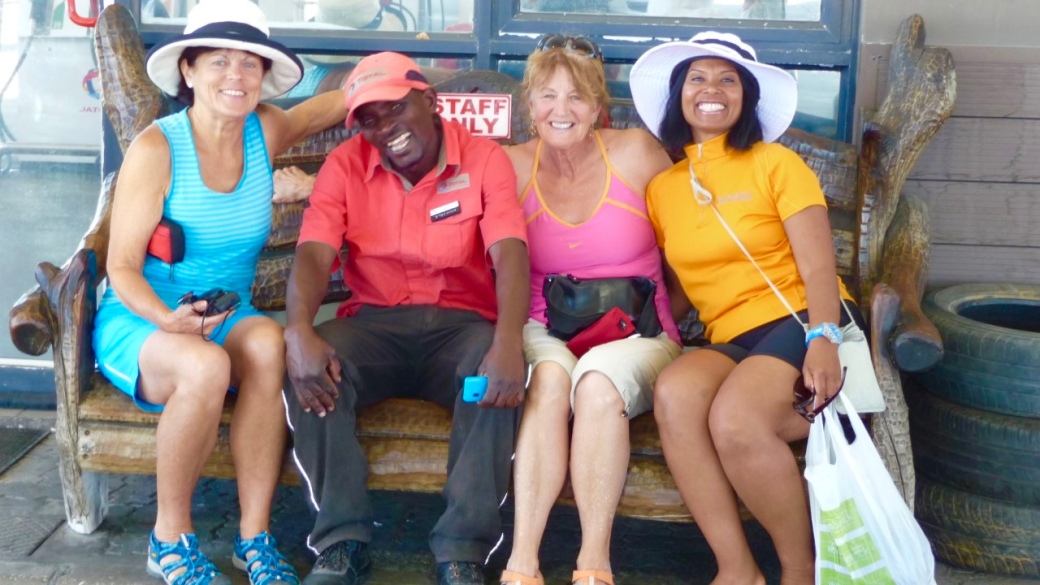
I couldn’t help but notice that the van was pretty quiet this morning, it didn’t have its usual high energy and chatter. I think everyone is starting to feel the effects of the long days and the heat. There wasn’t much along the road in terms of wildlife this morning so it was a perfect day to nod out. I wouldn’t dare post any of those pictures!
We are stopping in Otjiwarongo to visit the Crocodile Farm and have lunch. This Crocodile Farm is the only facility of its kind in Namibia.
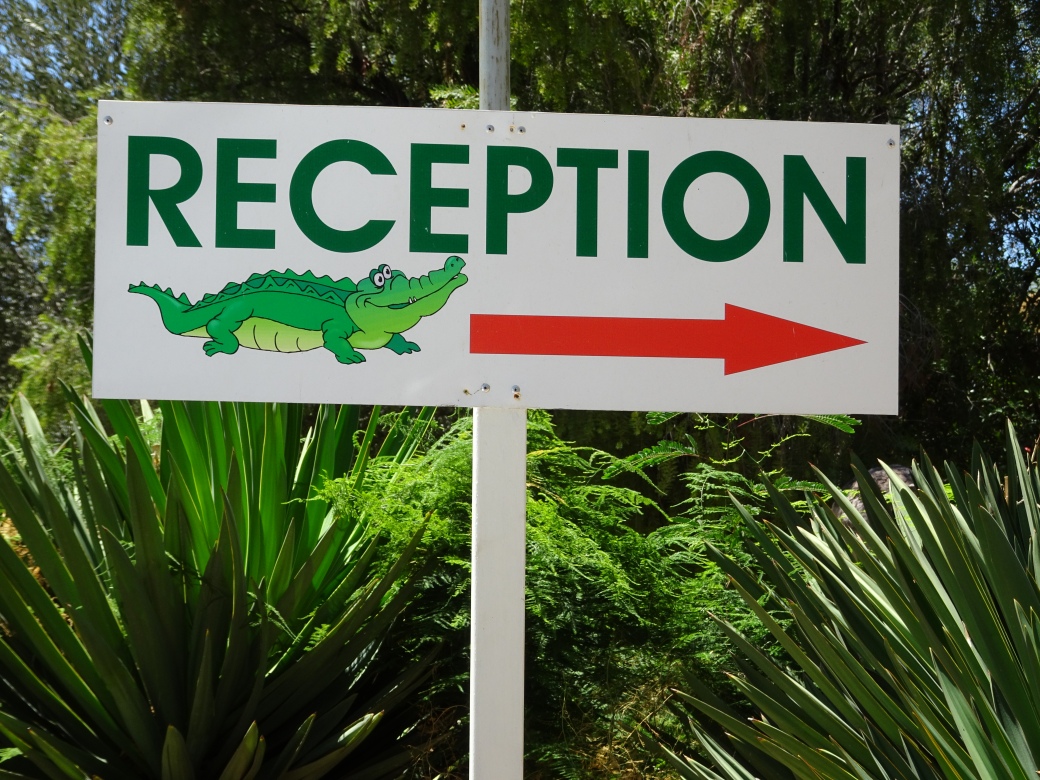
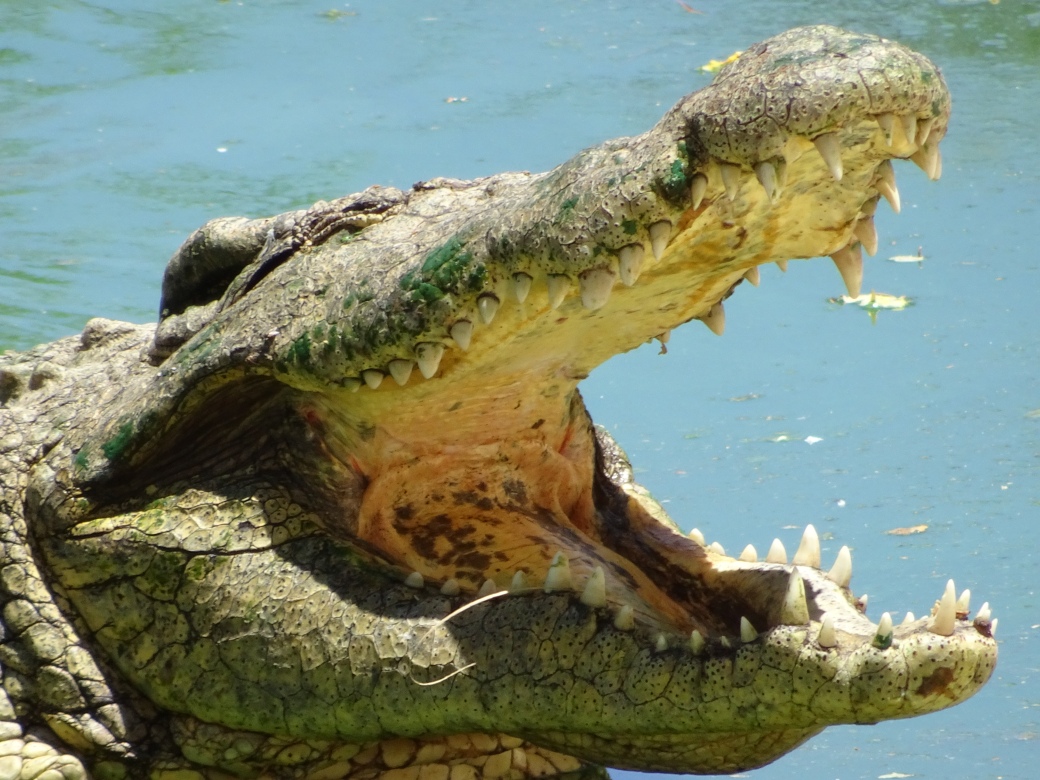
It’s amazing how you can observe and photograph crocodiles at such close range while learning from a guide about the breeding habits of these reptiles. The ranch exports the skins, but sells the meat locally. Crocodile meat is considered a delicacy in Namibia.
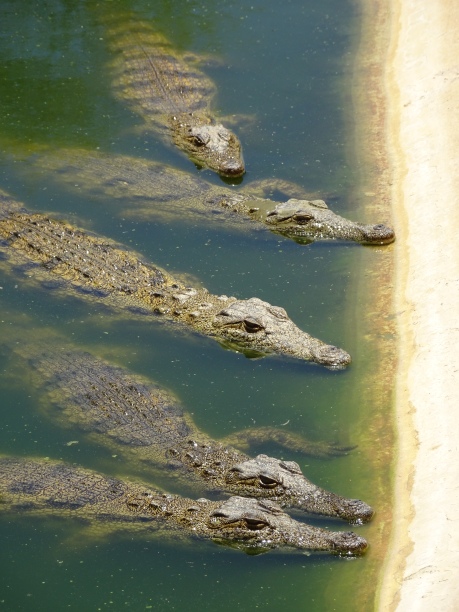
This guide gave us an education on the life cycle of this monstrous meat-loving reptile
The tree at the entrance to the Crocodile Farm was covered in white birds. Adult Cattle Egrets are all white with a yellow bill and legs. They are adorned with golden plumes on their head, chest, and back in the breeding season.
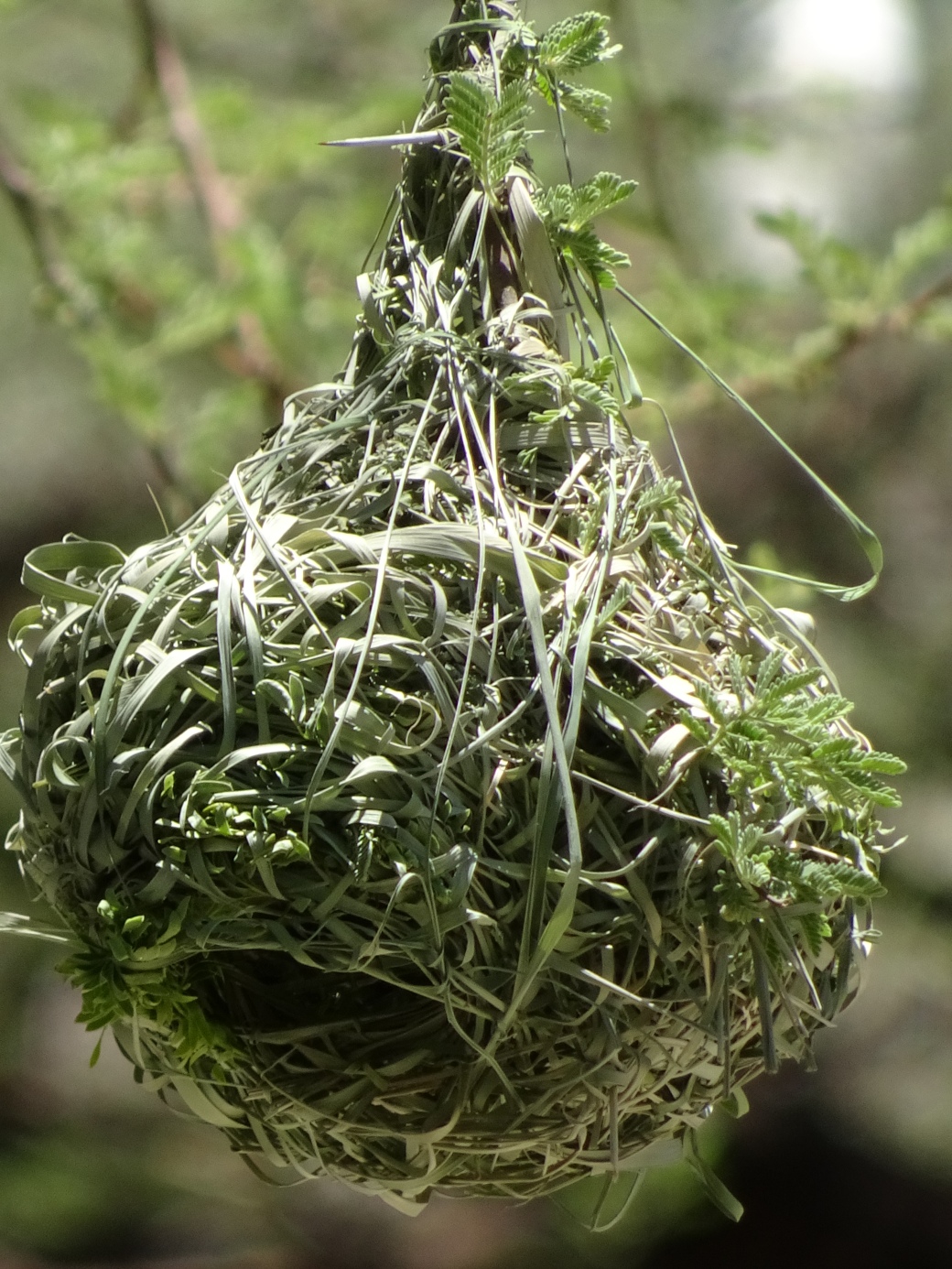
We enjoyed the garden which included a coy pool
A trip to the washroom and it’s time for a crocodile lunch…YUM
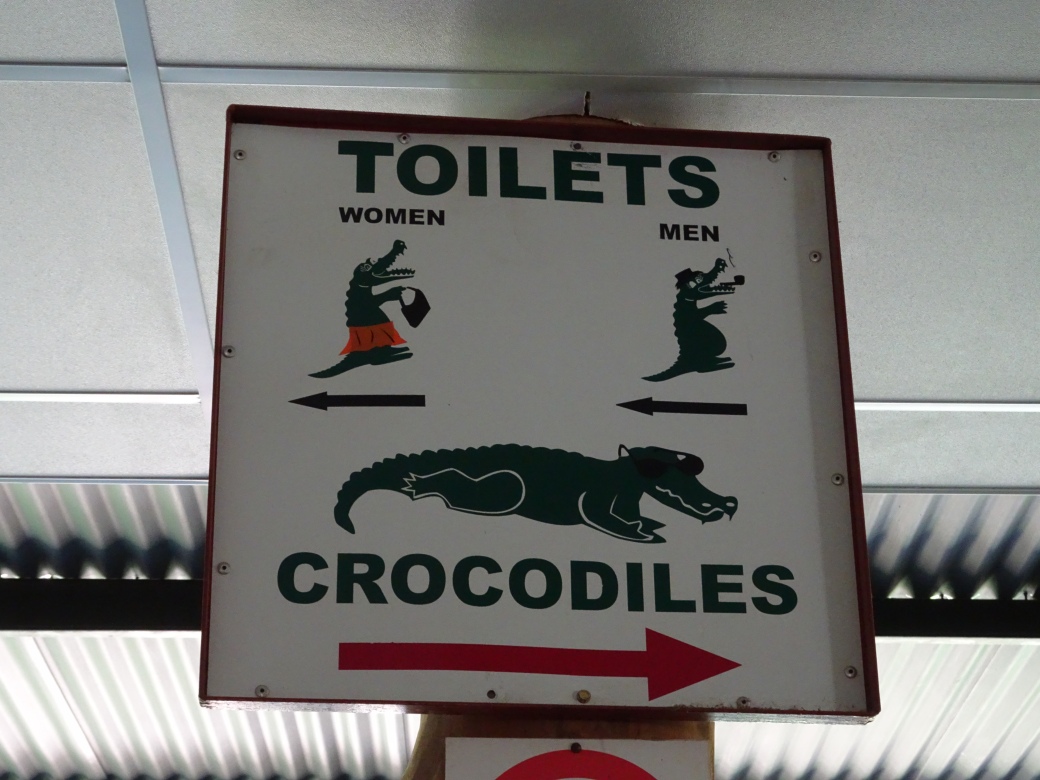
“Bitten” , how appropriately named for this restaurant. Here you can indulge in a taste of croc meat with the most popular being crocodile spareribs. Other dishes our group enjoyed were the croc burgers and croc strips.
We were given half an hour to take a short walk down the street to a small strip mall.
We noticed a woman dressed in the traditional clothing of the Herero tribe. The Herero tribe live in the Windhoek region. The three largest tribal families of Namibia are the Ovambo, Herero, and Himba people. I mentioned the Himba people in another blog. There is quite the history of how the Herero people came about in the link above.
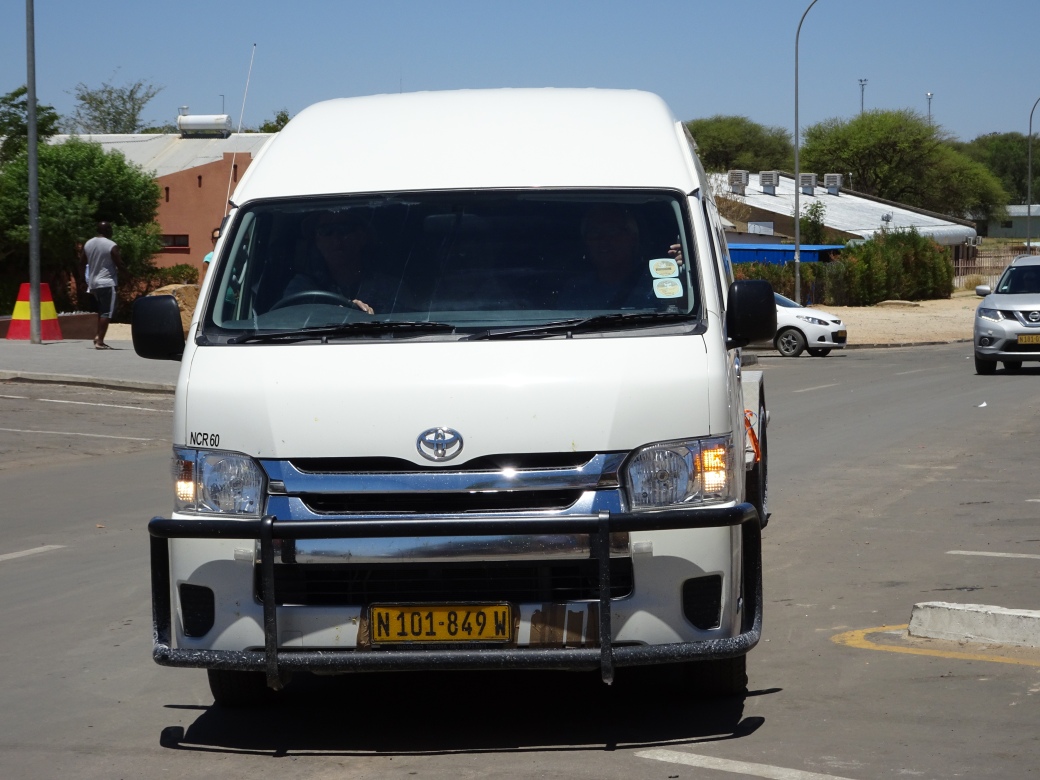
As we drove closer to our destination in the Waterberg Wilderness we noticed an abundance of baboons along the roadside.
Baboons prefer rocky mountain areas and one can see them in many parts of Namibia. They are not confined to game reserves, but live on the premises of many farms, where they are not really welcome. Baboons are characterized by red callosities at the bottom and the typical position of the tail, the first third of which is held straight upwards, while the rest is hanging down. Baboons live in hordes of 20 to 100 animals in a strict hierarchy with one leading male and a few subordinate males. Chacma baboon is one of the largest of the baboons. It has a dark brown coat with golden undertones. Baboons are scavengers. They are for the most part herbivores but will make prey of vulnerable animals if the situation calls for it. They usually opt for berries, fruits, grasses and small insects. Baboons are preyed upon by large carnivores such as lions, leopards and hyenas. They are notorious for becoming a pest around humans where they often disturb rubbish bins and tear open tents in their search for free food. As a result of being a nuisance their largest threat is humans. Click on the link to watch some tourists being raided by the baboons.
Waterberg (Afrikaans: water mountain) is a massive table mountain east of Otjiwarongo in the northern reaches of central Namibia. It is about 50 km long, up to 16 km wide and rises from the plains of the Omaheke, as this part of the Kalahari is known, to a height of up to 200 metres. This natural barrier often intercepts clouds, causing them to release their moisture.
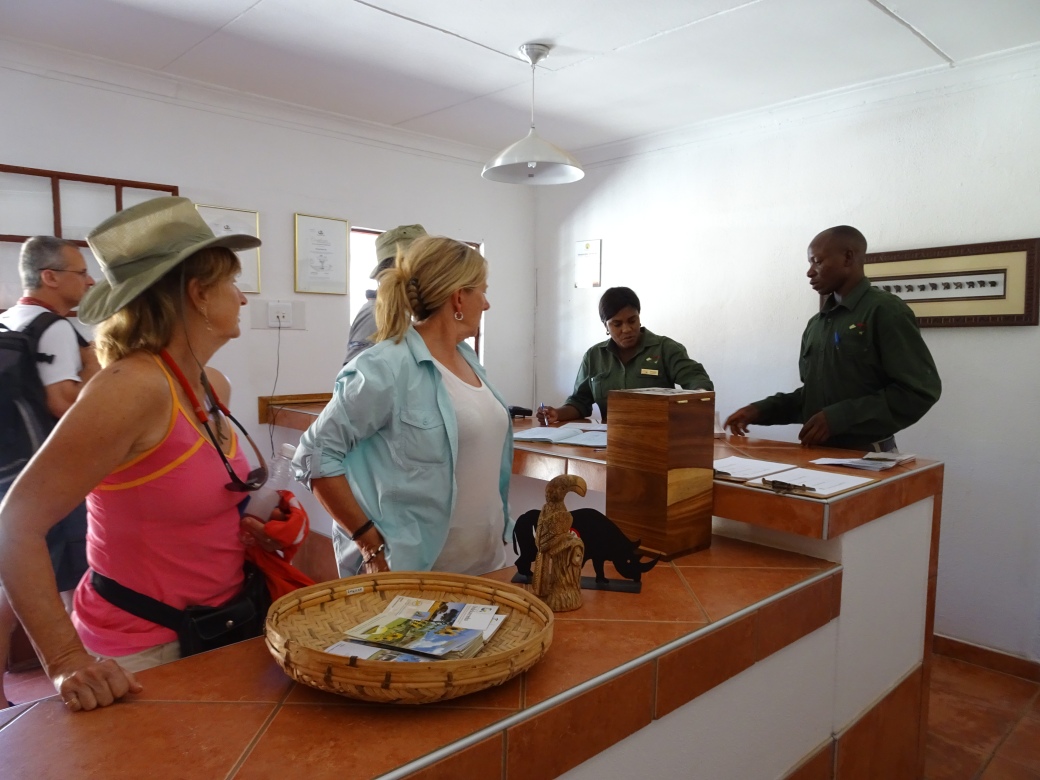
After unloading our luggage we head straight to our room to check it out
Well, my roomie and I lucked out this time and got a two bedroom. Check out the size of my room complete with fireplace…not sure when you would make use of that! The first night I went to go to bed and totally freaked out as I saw what I thought was a rather large spider on my bed. Porcupines are a nightly visitor to the lodge so it would be appropriate that they are embroidered onto the linens.
This is the door to our room and we were told to keep it closed at all times as the baboons have been known to enter the rooms and cause havoc. Cows were a common sight roaming the property as well as a number of other animals.
After checking out the rooms we headed straight to the bar for a cold one
Three happy campers coolin down
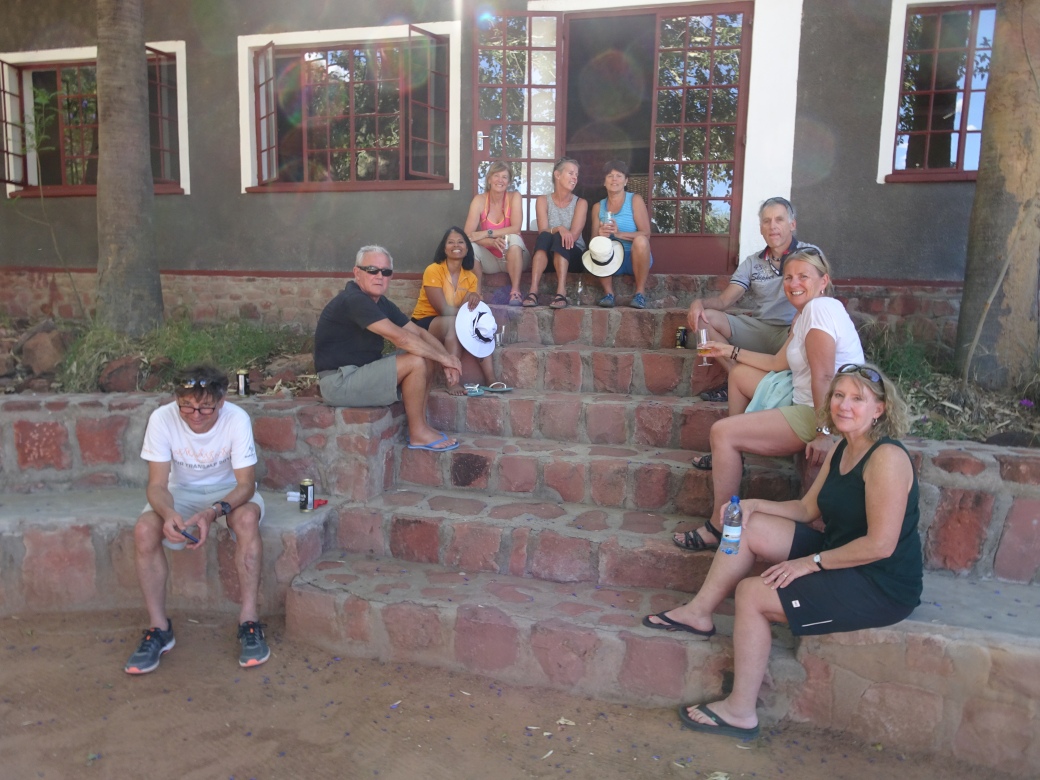
A stroll through the property after cooling down
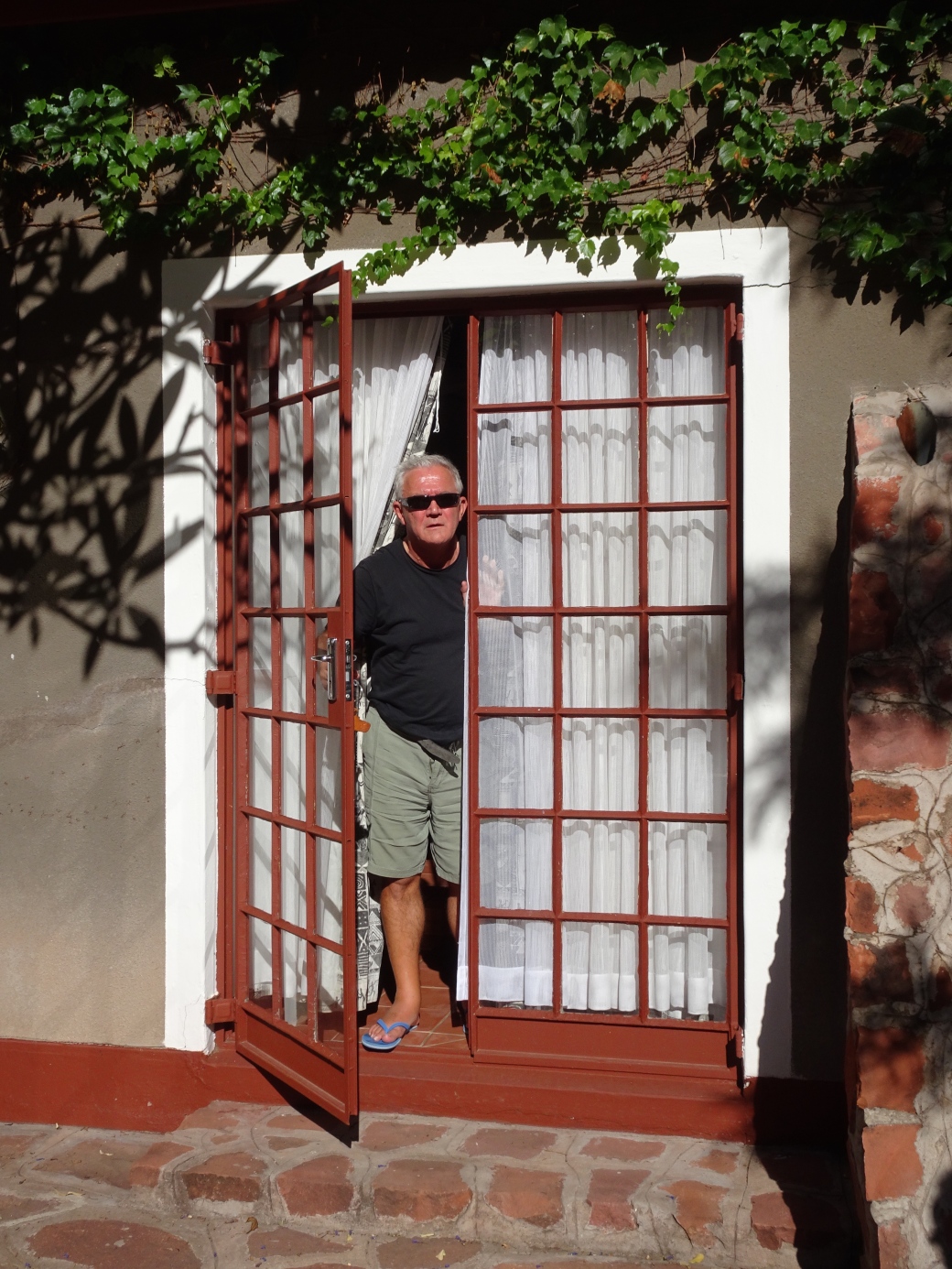
The buildings of Waterberg Wilderness Lodge shelter in a long valley in the midst of the Waterberg mountain range. Built from red Waterberg sandstone they nestle under enormous old trees. The atmosphere in the mature, well-kept garden with its two pavilions, many cool and shady places and an immured spring water basin lined by giant bamboo is idyllic.
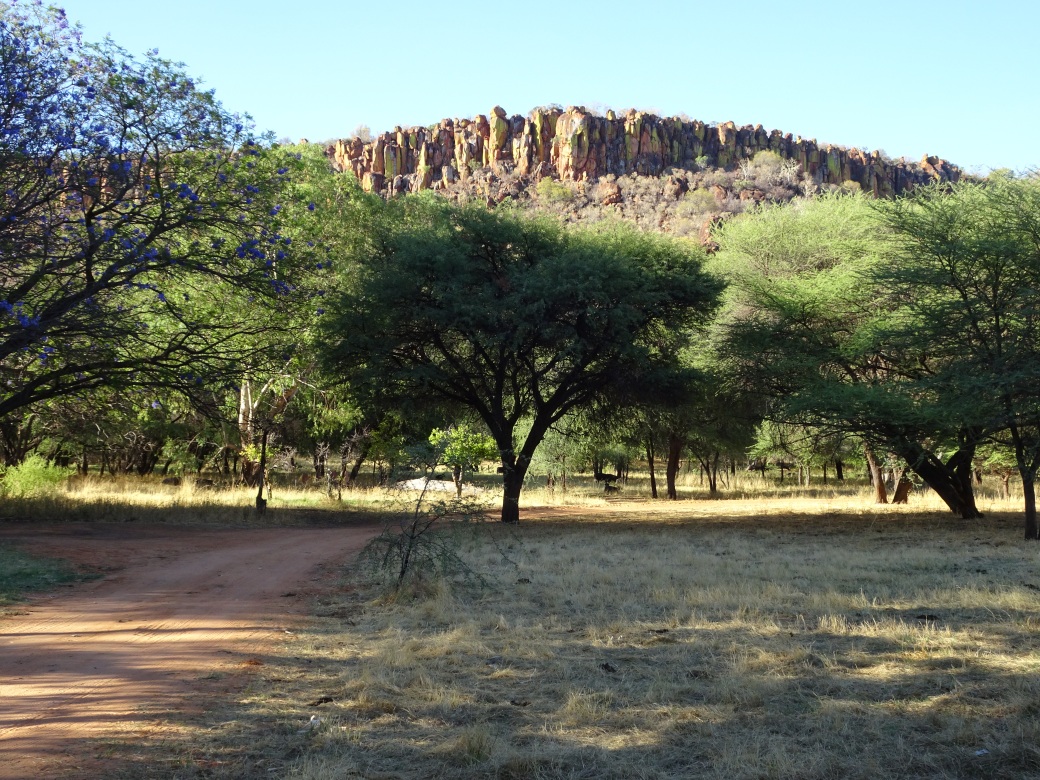
A boardroom with an exquisitely carved table
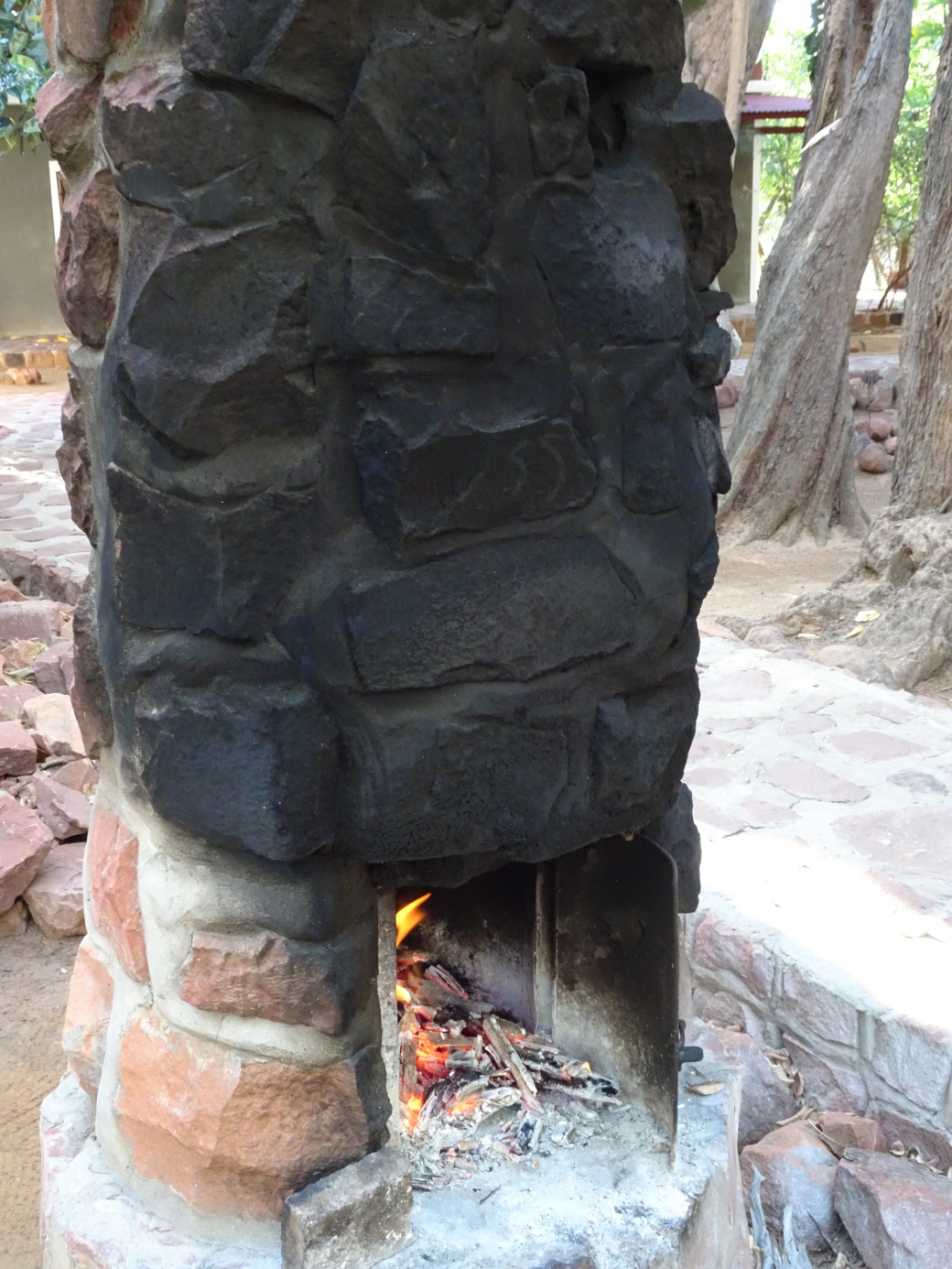
Water is heated for the lodge in this wood fireplace
Some real and some “not so real” animals on the property
Just as we were to take a bite of this amazing desert after dinner, our guide called us outside to see some porcupines who were eating behind the lodge.
Porcupines were the most difficult to capture for me so far. We were told where they were eating but it was pitch black and I was pressing the shutter aimlessly just hoping they were in that spot. I was surprised at how long and sharp their quills were. The locals collect them and sell them to local crafters. I saw them used in ingenious ways at the craft markets.
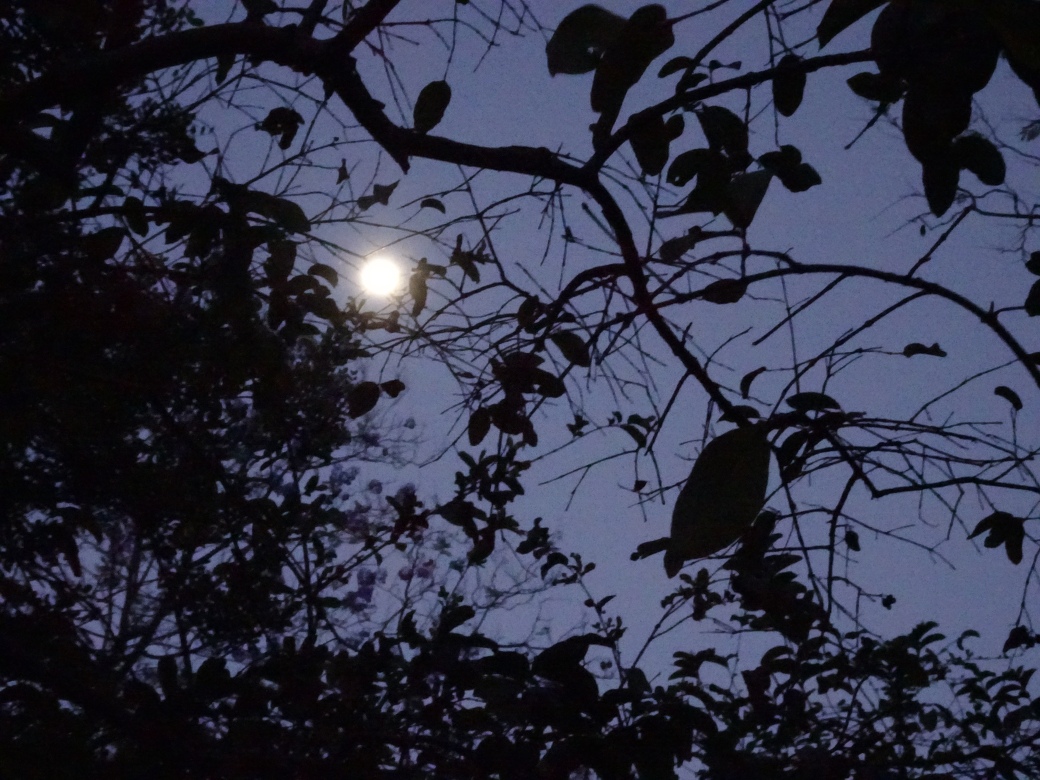
OK, this is like playing “Where’s Waldo”. Where is the Bushbaby? If you look up to the very far right corner you will see a bush baby hanging upside down and noticeable by its ears. I found them difficult to photograph as they have the most spectacular leaping abilities between trees. Bushbaby is named due to it’s wailing cry, a sound which is often heard at night in woodland areas and this is what alerts our guides to their whereabouts. They are a most attractive mammal, with their soft furry bodies, thick bushy tails, huge eyes and extremely mobile, membranous ears. Bushbabies are nocturnal and live in trees and family groups ranging in size from 2 to 7 members. At times they may venture on the ground, when they walk either on their hind legs or on all fours. Bushbabies can be found around much of Namibia and are frequent visitors to Waterberg Wilderness Lodge.
We let the Bushbabies play and turned in for the night to rest up for a busy day tomorrow.
End of Day 15
